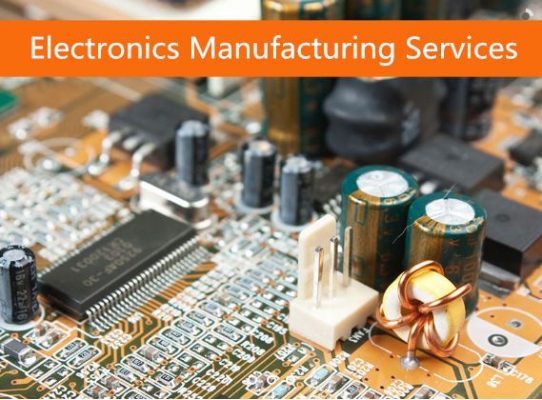In PCBA manufacturing, how should we effectively save PCBA production cost without affecting product quality?

Factors Affecting PCBA Production Cost
- The size of PCB is the key. The smaller the PCB size, the lower the cost. Therefore, reducing the size of non-standard PCB boards can effectively reduce the cost of PCB boards.
- Compared with DIP (through hole) soldering, using SMT Assembly is able to save money;That is because SMT can connect more components to the PCB.
- In addition, if the components on the PCB are dense, the PCB layout must be finer and the equipment used should be more advanced. At the same time, the PCB should be made of better materials, and extra care should be taken in the layout stage so that to avoid problems such as power consumption, which may affect the formation of the circuit. The cost of such problems is greater than the cost saved by reducing PCB size.
- The more the total number of PCB layers, the higher the cost. However, the smaller the total number of layers usually leads to an increase in size.

- Drilling takes time, so the fewer holes on the PCB, the lower the cost.
- Blind holes are more expensive than through holes. Because the blind holes must be drilled before the PCB is attached.
- The diameter of the guide hole on the PCB board depends on the diameter of the part pin. If the pin types on the PCB are different, the machine cannot use the same drill bit to drill all the holes, which is relatively time-consuming and the corresponding cost will increase.
- Electronic testing using flying probe testing is usually more expensive than optical testing. Optical testing is usually sufficient to ensure that there are no errors on the PCB. Optical testing makes it easier to detect non-conforming gaps between electrical conductors.

